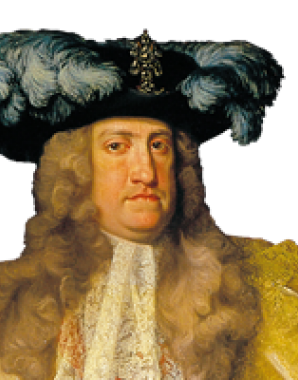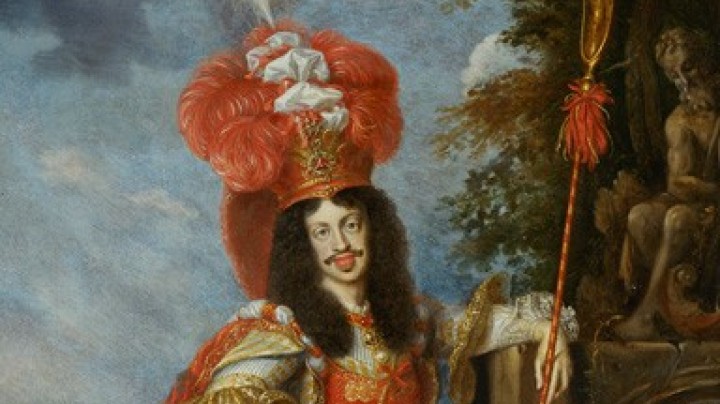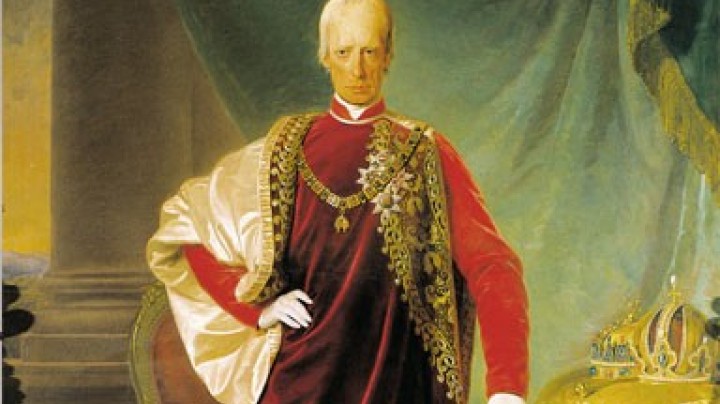Archduchess Maria Elisabeth – the Emperor’s representative
As the daughter of an emperor, Archduchess Maria Elisabeth initially represented dynastic capital for a politically profitable marriage – but as the unmarried sister of an emperor, a very different prospect opened up for her: a politically influential office.
Maria Elisabeth (1680–1741) was the elder sister of Emperor Charles VI and daughter of Emperor Leopold I and his third wife Eleonore Magdalena of the Palatinate, whose piety had a determining influence on Maria Elisabeth’s life.
While it has been speculated that Maria Elisabeth remained unmarried because she had been disfigured by smallpox in childhood, it is also possible that her parents simply did not have any suitable marriage candidates at their disposal. Extremely intelligent and ambitious, the young archduchess received an above-average education, learning five languages, and enjoyed rhetorical sparring with professors from the university in Vienna. She was thus destined from an early age less for marriage than for political office in the widely ramified Habsburg Monarchy. Having failed to secure the position of Statthalter (regent) in Barcelona or Innsbruck for various reasons, in 1725, at the age of 45, she was sent to Brussels as Statthalter of the Austrian Netherlands. There she succeeded to a long tradition of royal female rulers who had reigned over the lands comprising present-day Belgium and Luxembourg in the place of their remote sovereigns.
Maria Elisabeth’s ceremonial entrée into Brussels in October 1725 was a huge celebration for the whole city. The populace felt honoured that Charles had not sent as regent yet another aristocratic minister but his sister, who also brought a large court household with her. No one objected to a woman ruling over the provinces, since in the attitudes of the time Maria Elisabeth was qualified for this office by virtue of her high birth alone. Her contemporary biographer Franz Wagner argued that Maria Elisabeth had inherited from her father all the virtues that were needed to reign and was therefore destined for this role. Nonetheless, even Wagner tried to portray her as an atypical woman, citing her lack of skill at needlework. As a matter of principle, female rule was frowned upon, and so Maria Elisabeth had to be presented as an unusual exception.
For sixteen years Maria Elisabeth reigned in Brussels conscientiously and with discipline – even her critics praised and admired her keen perception and capacity for hard work. However, in later years her strong religious beliefs began to play an increasing role in her decision-making. Despite their political differences, Charles and his sister enjoyed a close and cordial relationship. Maria Elisabeth died in Brussels in 1741, without ever having seen her family in Vienna again. Not until after the War of Austrian Succession was her coffin transferred to the imperial crypt in Vienna.















